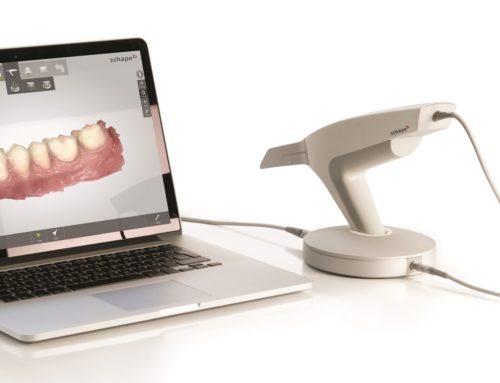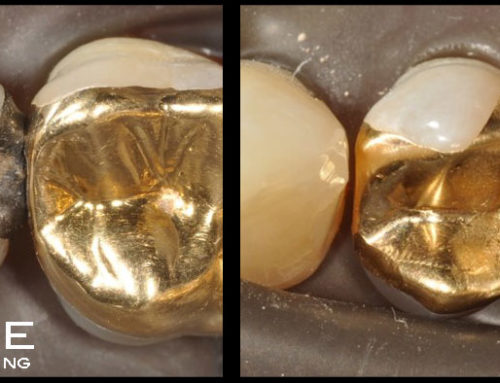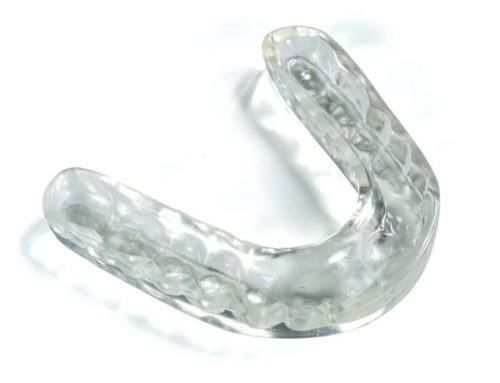While the enamel
Cracked Tooth Syndrome is very common in teeth with large fillings in them and most often is seen in your back teeth. If the crack goes untreated, it may deepen or expand like a crack in a glass window, causing part of the tooth to break off. If this occurs, the tooth may have to be extracted or might need root canal treatment in an attempt to save the tooth.
Some of the symptoms of this occurrence are: pain on chewing, unsolicited pain, pain from cold air, no x-ray evidence of the problem and no dental decay present. Often it is difficult for the patient to determine which tooth is causing the pain. However, the absence of pain does not rule out the presence of a crack.

Can cracks be treated so that the tooth can be saved? Yes. Unfortunately, cracked teeth don’t heal themselves like your bones. Early diagnosis leads to a better chance of success. The best solution is to have a full crown [cap] placed over the tooth to strengthen and hold the tooth together. In about 10% of cracked teeth, the nerve dies and root canal [endodontic treatment] will be required, along with the cementation of a post into the nerve canal before the crown and be completed and the tooth restored.
Call our office for questions or to set up an appointment if you are experiencing any of the cracked tooth symptoms.







Leave A Comment